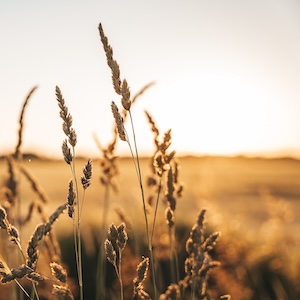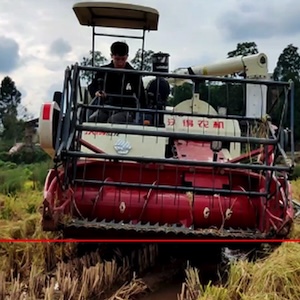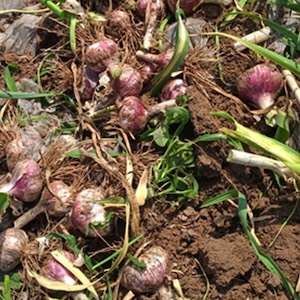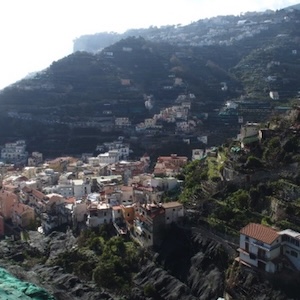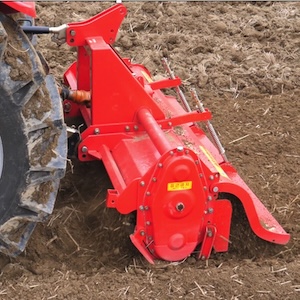Application of response surface methodology for optimisation of Cornelian cherry - Capia pepper leather dried in a heat pump drying system
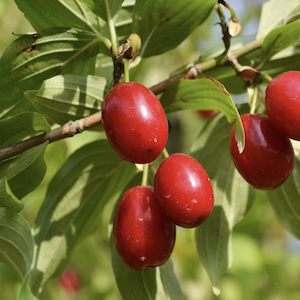
Published: 11 October 2023
Abstract Views: 709
PDF: 368
HTML: 15
HTML: 15
Publisher's note
All claims expressed in this article are solely those of the authors and do not necessarily represent those of their affiliated organizations, or those of the publisher, the editors and the reviewers. Any product that may be evaluated in this article or claim that may be made by its manufacturer is not guaranteed or endorsed by the publisher.
All claims expressed in this article are solely those of the authors and do not necessarily represent those of their affiliated organizations, or those of the publisher, the editors and the reviewers. Any product that may be evaluated in this article or claim that may be made by its manufacturer is not guaranteed or endorsed by the publisher.
Similar Articles
- Alessandro Comegna, Antonio Coppola, Gerardo Severino, Angelo Sommello, TRANSPORT OF SOLUTES IN THE FIELD AS AFFECTED BY IRRIGATION , Journal of Agricultural Engineering: Vol. 38 No. 3 (2007)
- Carlo Bibbiani, Carlo A. Campiotti, Luca Incrocci, Alberto Pardossi, Determination of the water diffusivity of horticultural substrates: comparison of different approaches for the one-step outflow data analysis , Journal of Agricultural Engineering: Vol. 44 No. 4 (2013)
- Alessandro Toccolini, Simone Felisari, Paolo Stefano Ferrario, Design of green spaces located below the urbanised level. Themes, problems and solutions applied to a case study , Journal of Agricultural Engineering: Vol. 46 No. 4 (2015)
- Paola Concialdi, Vincenzo Bagarello, Vincenzo Alagna, Massimo Iovino, Laboratory evaluation of falling-head infiltration for saturated soil hydraulic conductivity determination , Journal of Agricultural Engineering: Vol. 51 No. 1 (2020)
- Zhongwei Hua, Min Guan, Lightweight sandy vegetation object detection algorithm based on attention mechanism , Journal of Agricultural Engineering: Vol. 54 No. 1 (2023)
- Kishor P. Kolhe, Demelash G. Lemi, Siraj K. Busse, Studies of tractor maintenance and replacement strategies of Wonji Shoa Factory, Ethiopia , Journal of Agricultural Engineering: Vol. 55 No. 1 (2024)
- Jan Barwicki, WiesÎ aw Golka, MOISTURE HUMIDITY EQUILIBRIUM OF WOOD CHIPS FROM ENERGETIC CROPS , Journal of Agricultural Engineering: Vol. 39 No. 3 (2008)
- Andrea Dell'Agnese, Bruno Mazzorana, Francesco Comiti, Patricia Von Maravic, Vincenzo D'agostino, Assessing the physical vulnerability of check dams through an empirical damage index , Journal of Agricultural Engineering: Vol. 44 No. 1 (2013)
- Kestrilia Rega Prilianti, Syaiful Anam, Tatas Hardo Panintingjati Brotosudarmo, Agus Suryanto, Real-time assessment of plant photosynthetic pigment contents with an artificial intelligence approach in a mobile application , Journal of Agricultural Engineering: Vol. 51 No. 4 (2020)
- Bing Li, Jiyun Li, Key technology of crop precision sowing based on the vision principle , Journal of Agricultural Engineering: Vol. 54 No. 1 (2023)
<< < 35 36 37 38 39 40 41 42 43 > >>
You may also start an advanced similarity search for this article.

 https://doi.org/10.4081/jae.2023.1538
https://doi.org/10.4081/jae.2023.1538





